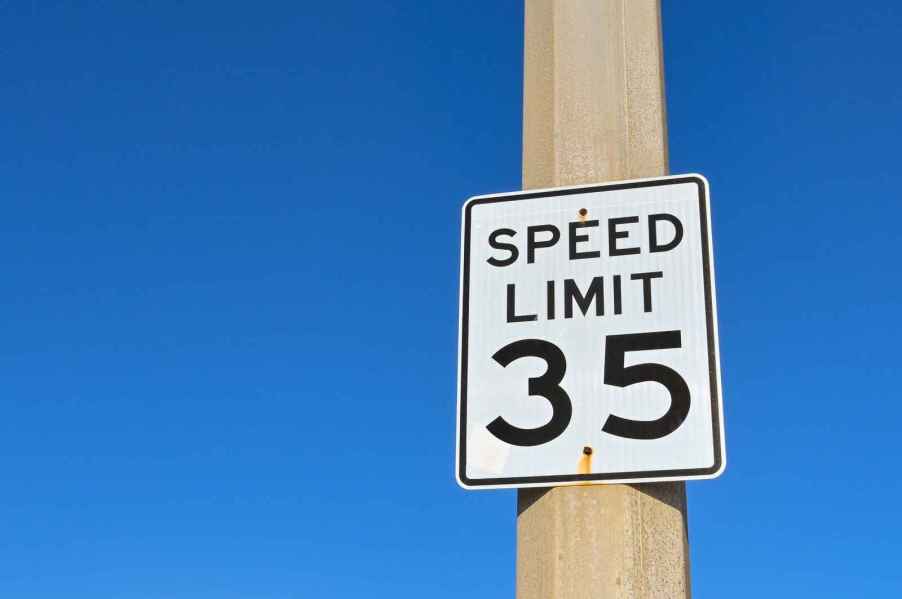
The First U.S. Speed Limit Law Dates Back to 1652 and Inflicted a Steep Fine on Violators
While perusing vehicle history, it occurred to me that the U.S. had vehicle laws long before motorized cars were around. Connecticut marked a significant milestone in transportation history on May 21, 1901. It enacted the nation’s first motor vehicle regulation law. In the code, car speed limits were set at 12 mph in cities and 15 mph on rural roads. However, this wasn’t the first speed limit set in the U.S. In fact, it had been nearly 250 years since the first decreed speed limit.
New Amsterdam (now New York) established speed restrictions for non-motorized vehicles way back in 1652. In its decree, it proclaimed that “[N]o wagons, carts or sleighs shall be run, rode or driven at a gallop.” Violating operators would be inflicted with a fine of “two pounds Flemish.” The History Channel says that these days, the fine translates to about $150.

After New Amsterdam’s 1652 speed limit, it would be more than 300 years before the U.S. enacted a nationwide speed limit
Until the late 19th century, there wasn’t much else going on in terms of vehicle speed law. In 1899, New York City apprehended a taxi driver for going what was perceived as “recklessly” fast. He was driving his electric cab 12 mph.
Shortly after, Representative Robert Woodruff initiated Connecticut’s traffic code. He proposed speed limits of 8 mph in urban areas and 12 mph outside city limits. The larger enacted law, mandated in 1901, included precautions for passing horse-drawn vehicles, underscoring the danger of spooking the animals. Subsequently, New York City pioneered a comprehensive traffic code in 1903, though nationwide adoption of traffic regulations progressed very slowly.
By 1930, a significant portion of states lacked speed limits or driver’s license requirements. However, mounting concerns over fuel costs in the 1970s precipitated a national speed limit of 55 mph in 1974, yielding a decline in traffic fatalities.
As fuel concerns waned, speed limits surged. In 1987, Congress empowered states to increase rural interstate speeds to 65 mph. The National Highway System Designation Act of 1995 further decentralized speed limit regulations, enabling states to set higher limits, often exceeding 70 mph, for certain roads.
Next, read more about U.S. traffic law and our most interesting roads.





